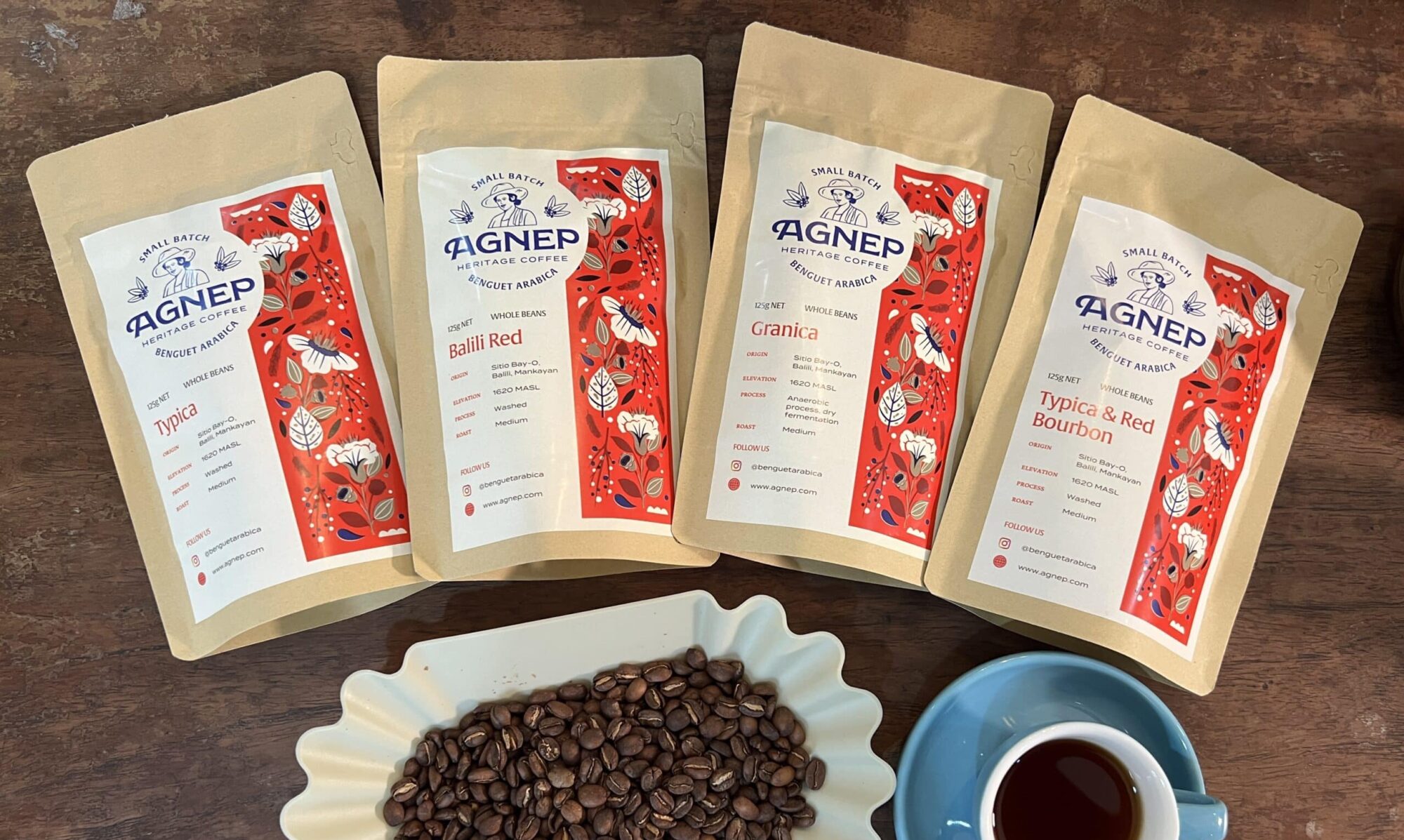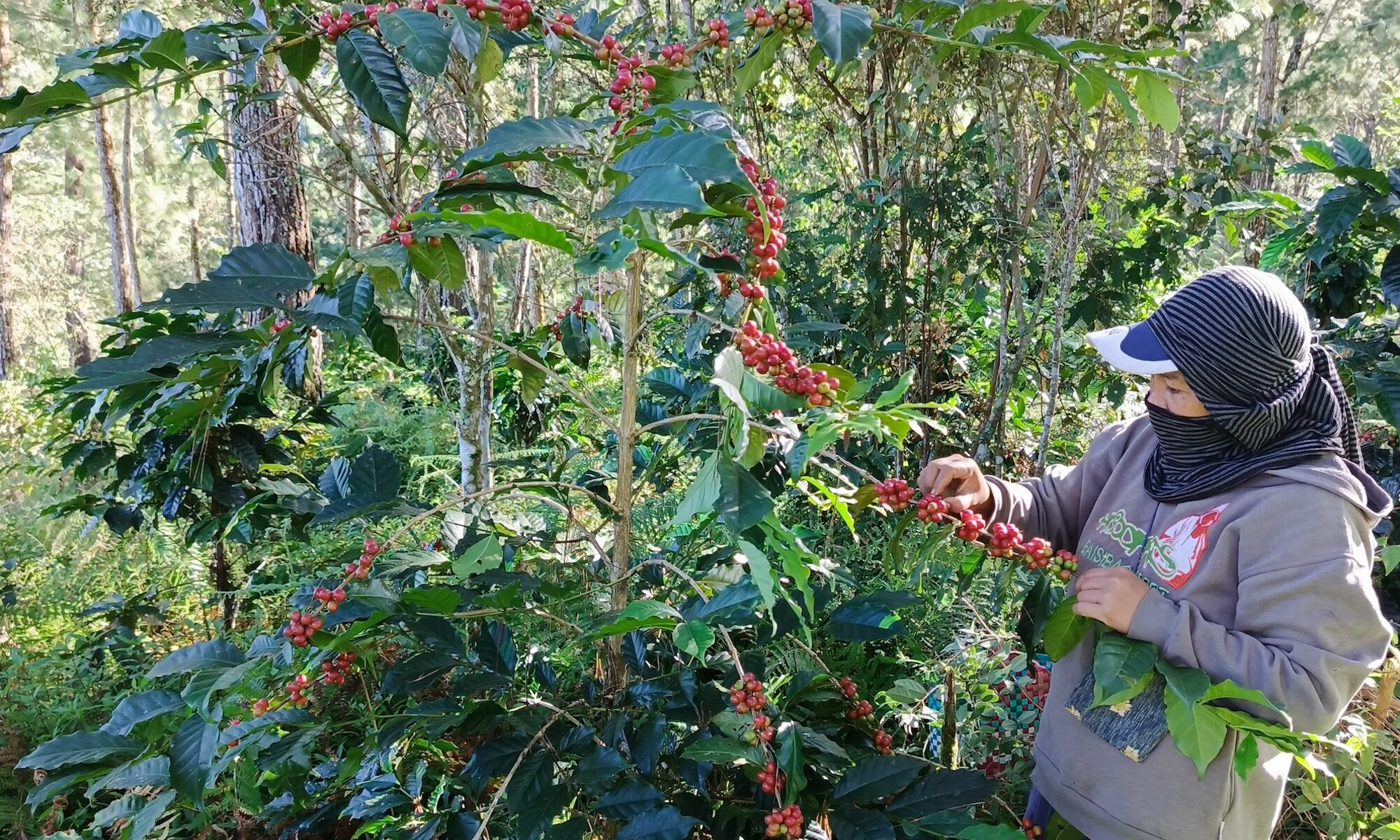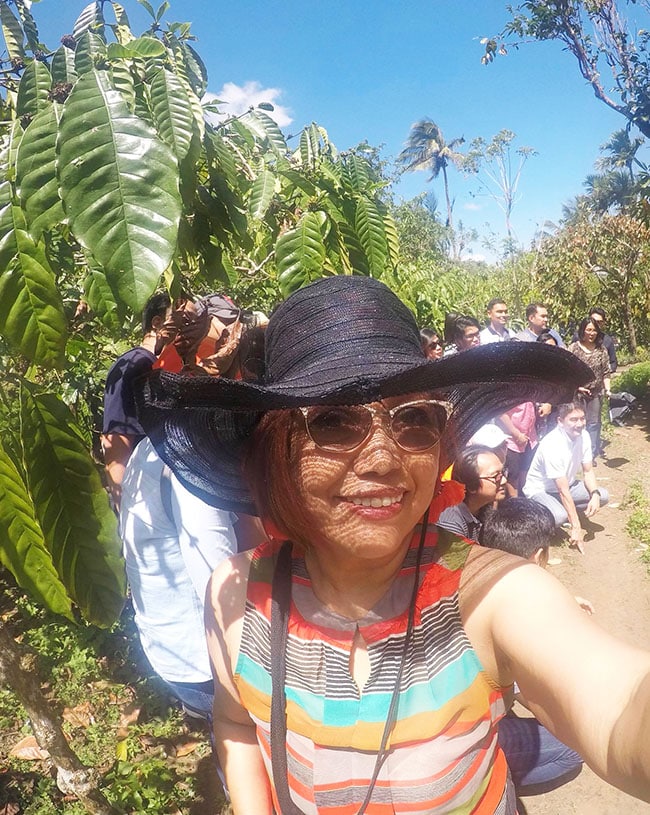Here’s the simple truth: if it says “Benguet Arabica” on the bag, you should be able to meet the mountain, the farmer, and the journey behind it. No guessing. No gray areas. Just an honest line from seed to cup.
The Philippines is one of the rare places on earth that can grow Arabica, Robusta, Excelsa, and Liberica. We’ve got volcanic soil, wild microclimates, and a coffee-loving culture. And yet—we still import a lot of what we drink. That disconnect? It closes when we lift up our own beans the right way. For Benguet Arabica, that begins (and stands or falls) with traceability.

Benguet Arabica has a voice you can recognize: bright, citrusy, a little nutty and caramel-sweet, clean on the finish. Sometimes it gets compared to Kona or Blue Mountain. But a reputation like that is fragile. One mislabeled sack can undo years of work from farmers who did everything right.
Continue reading “Traceability Is the heartbeat of Benguet Arabica’s comeback”









 I thought Starbucks coffee tasted great until I visited my daughter in Melbourne. The city is home to a vibrant cafe scene and an impressive coffee culture. This was my first introduction to good coffee and me, saying goodbye to Starbucks (if I could help it). I chose to patronize coffee shops that include Philippine coffee such as Figaro, Bo’s Coffee , and Commune.
I thought Starbucks coffee tasted great until I visited my daughter in Melbourne. The city is home to a vibrant cafe scene and an impressive coffee culture. This was my first introduction to good coffee and me, saying goodbye to Starbucks (if I could help it). I chose to patronize coffee shops that include Philippine coffee such as Figaro, Bo’s Coffee , and Commune.